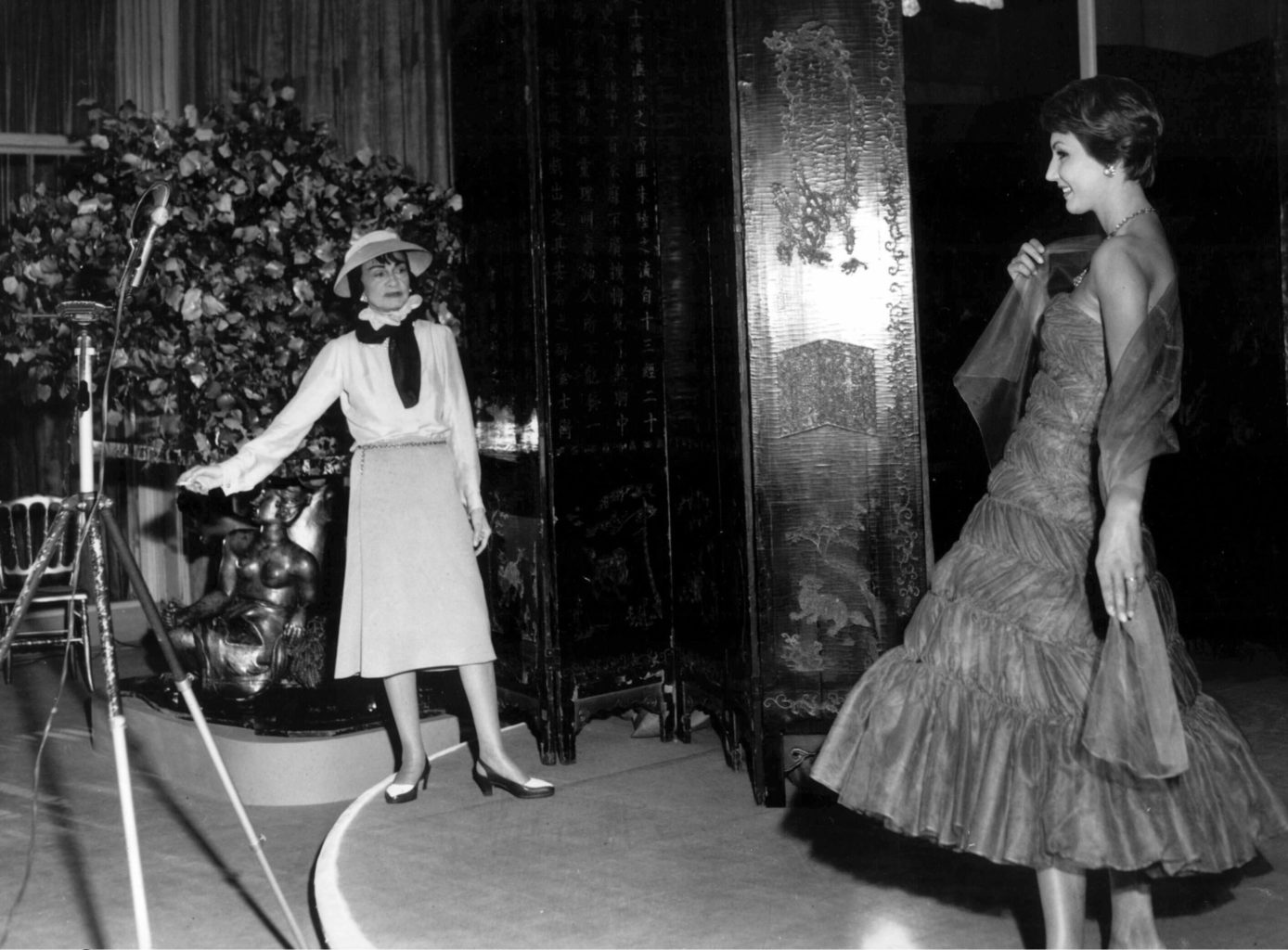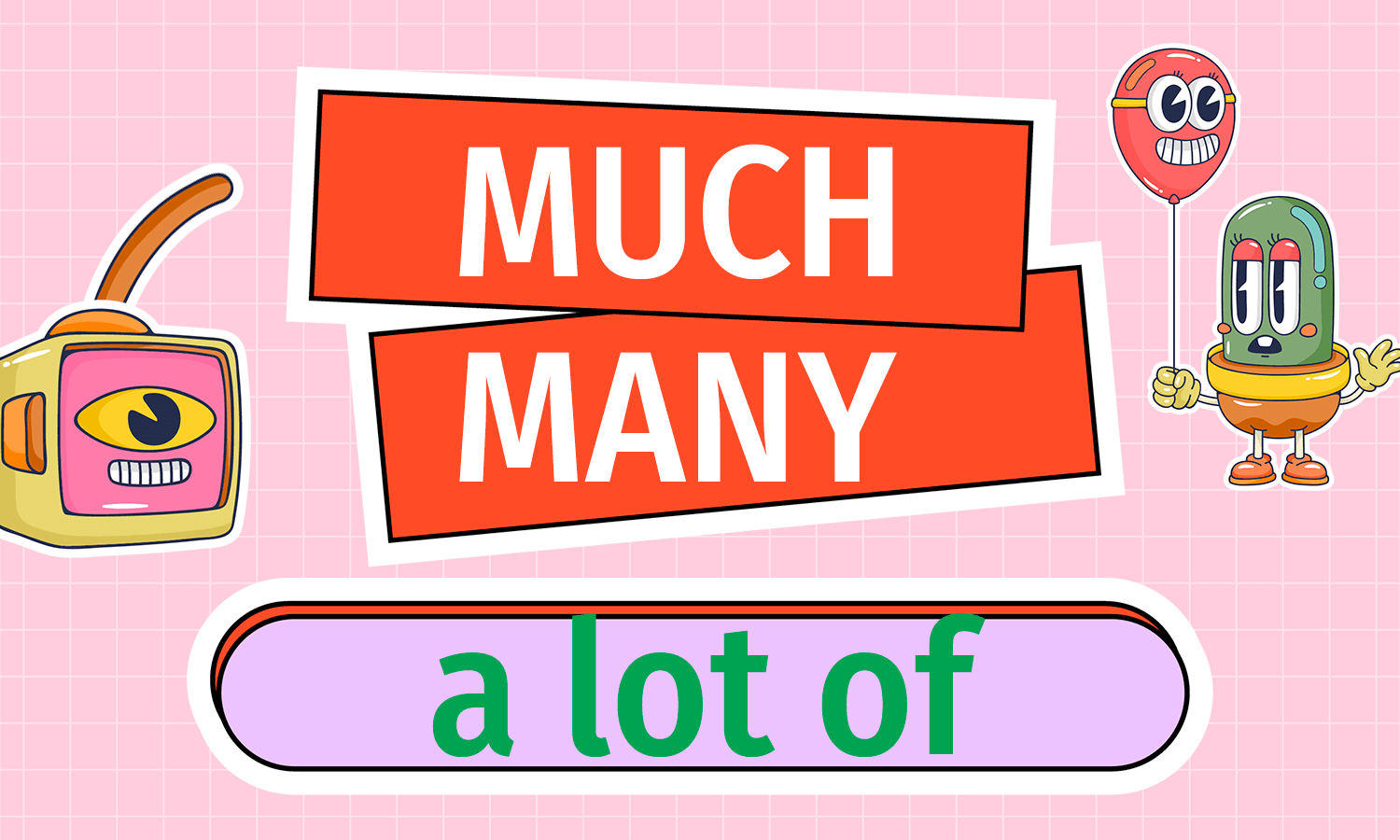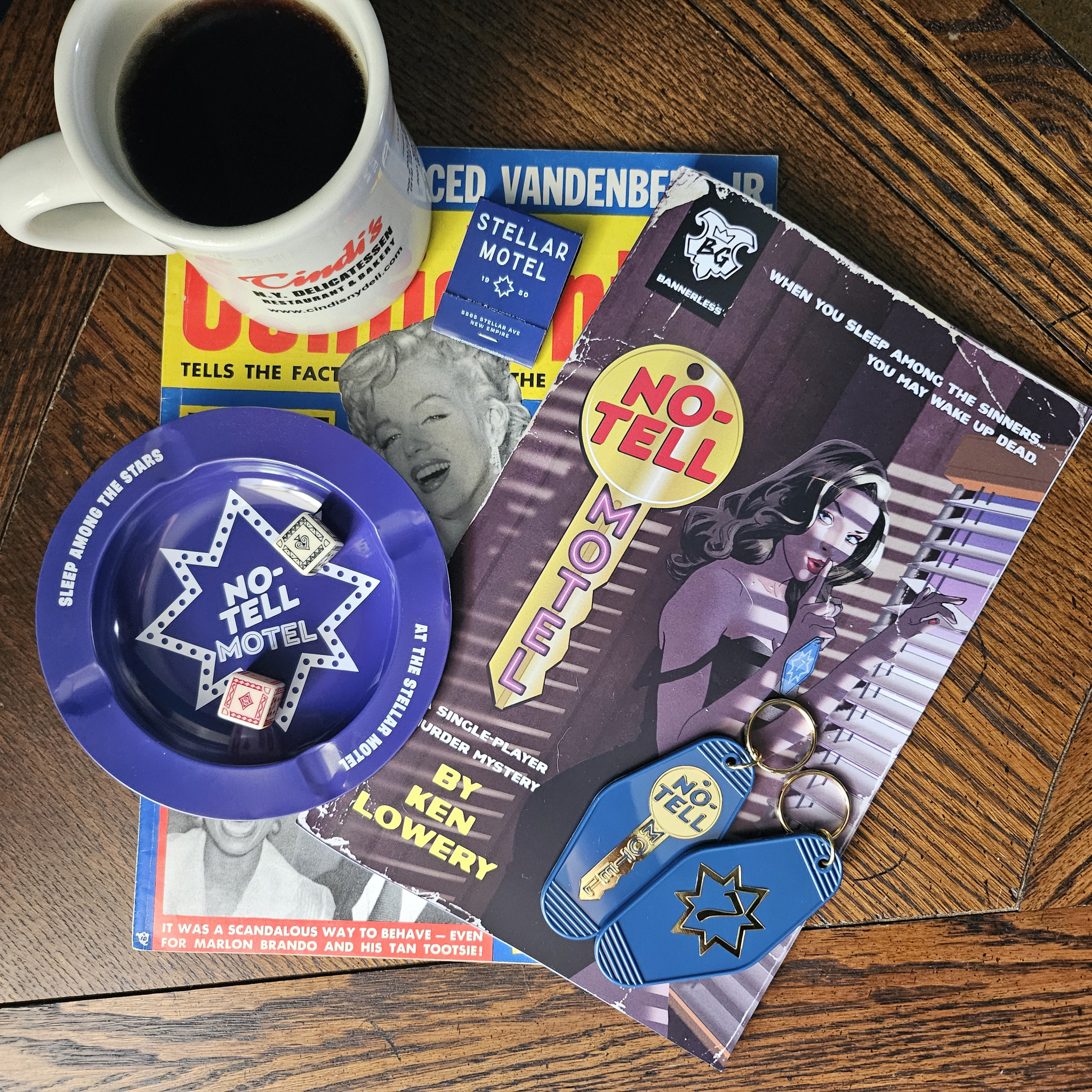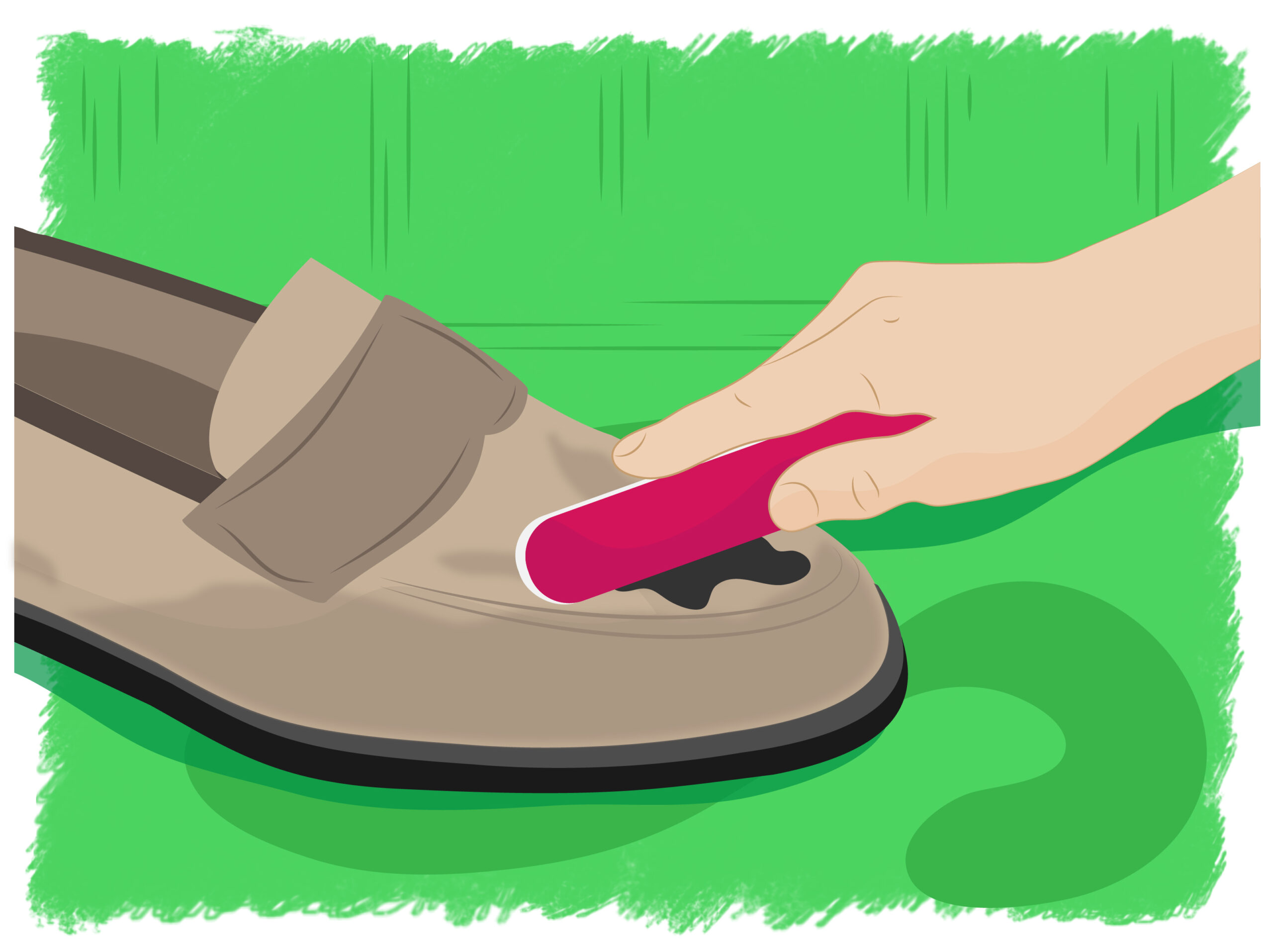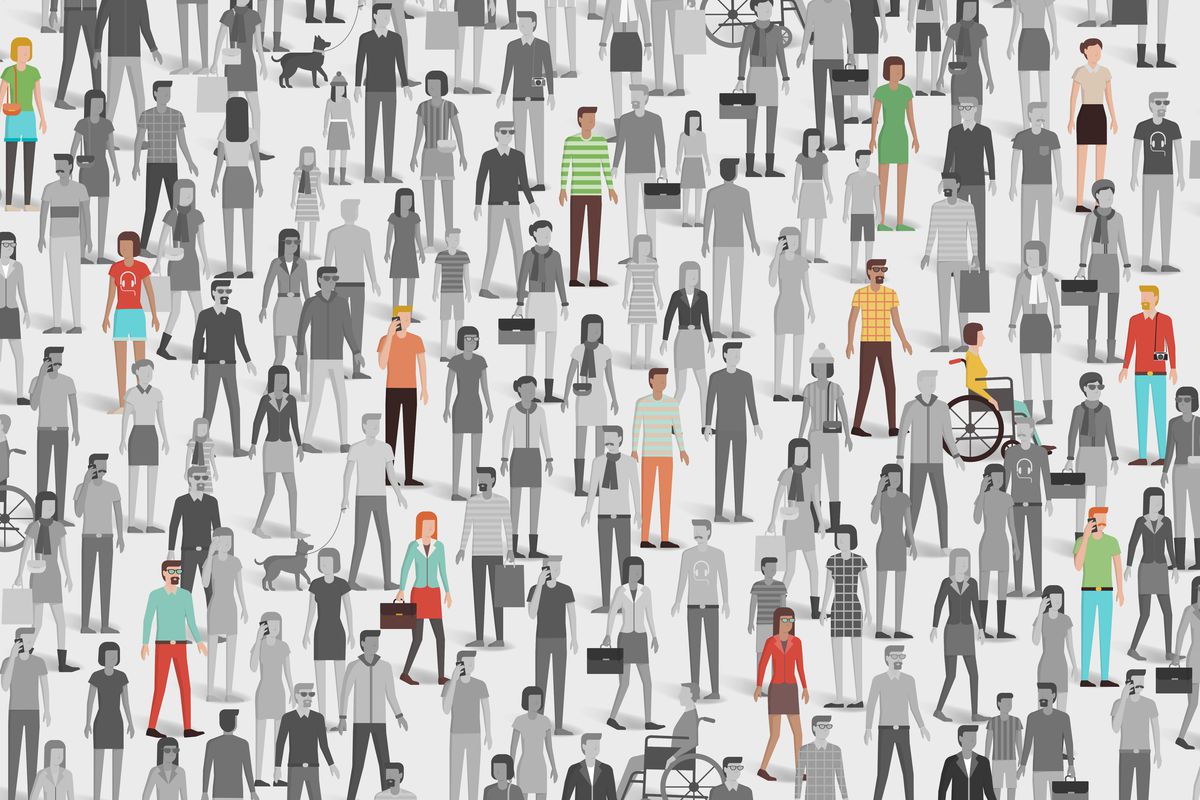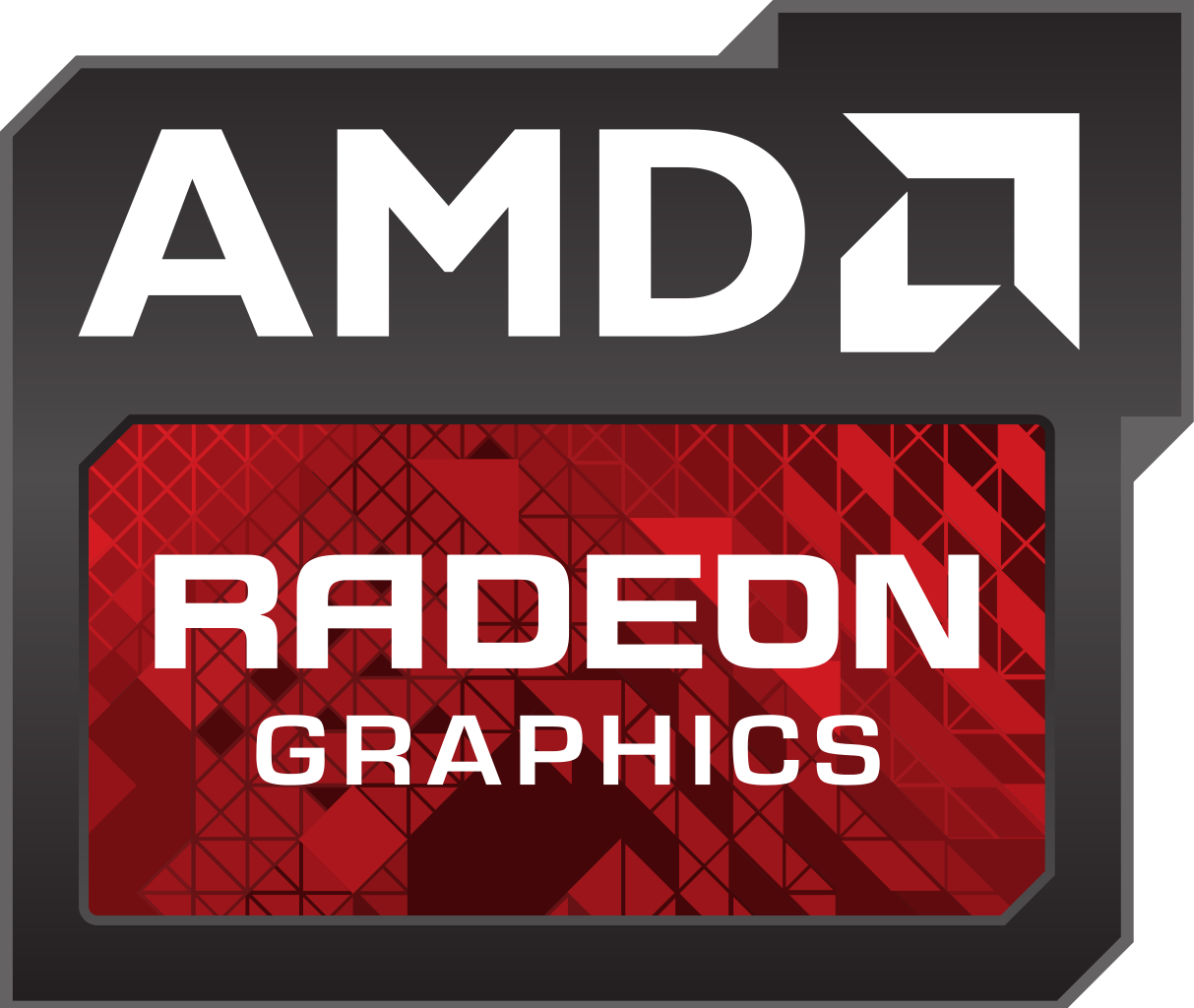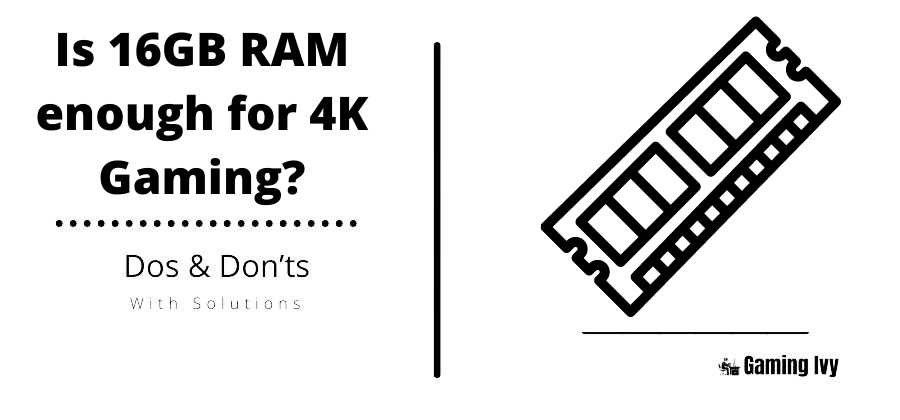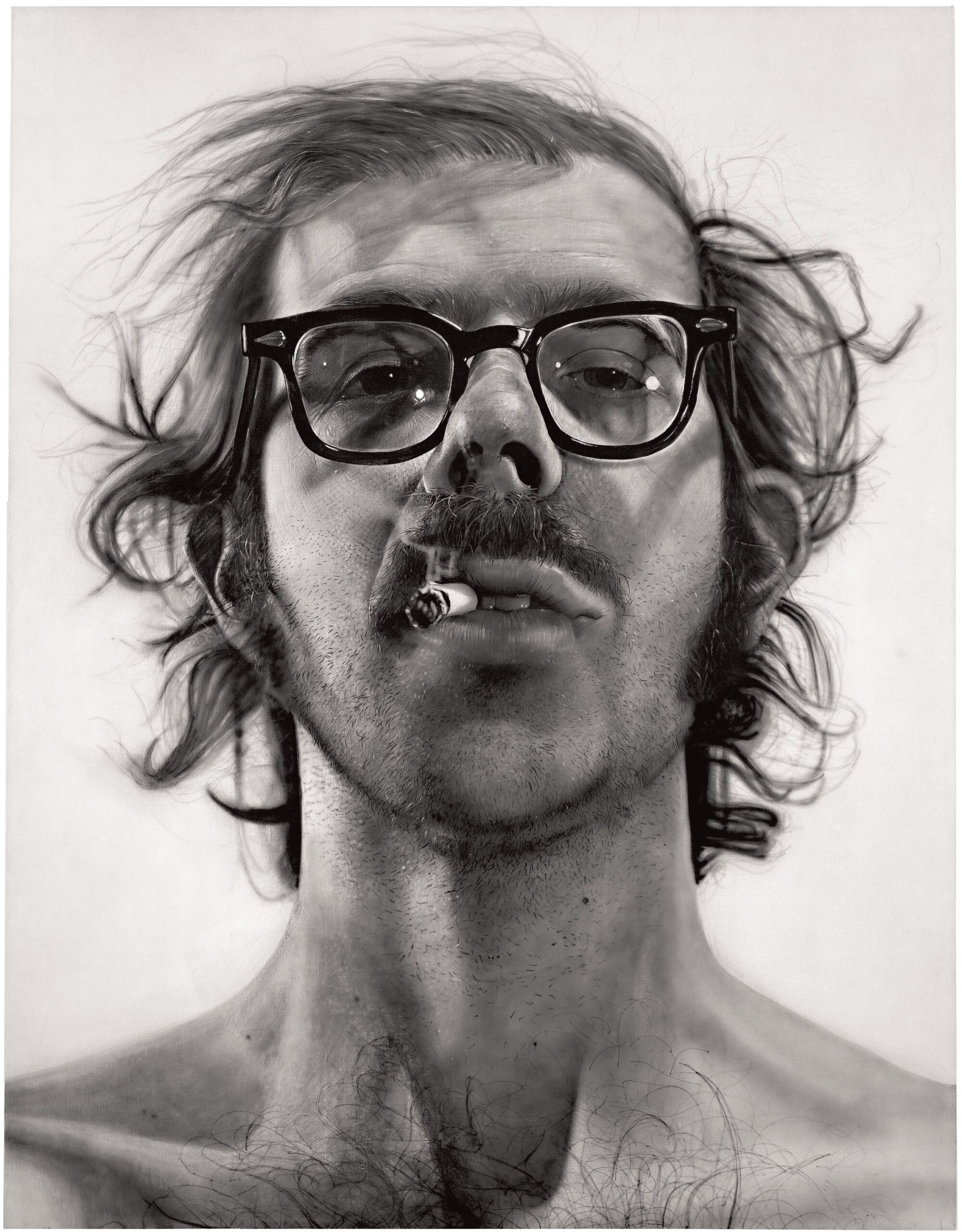The Return of Beards and Classic Barbering: How 2010 Sparked a Grooming Renaissance
The Barbering Renaissance: A Look Back at 2010’s Defining Fashion Trend
In 2010, the world of men’s grooming experienced a seismic shift: the return of beards and creative beard designs as a cornerstone barbering fashion trend. After years of favoring clean-shaven looks and minimalist grooming, young men and style influencers worldwide began embracing fuller facial hair, intricate beard patterns, and vintage-inspired grooming services. This movement did not merely revive a classic element of male style; it created a new foundation for barbers and clients to blend tradition with modern expression. [2] [3]

Source: collegefashion.net
Why Beards and Classic Barbering Came Back in 2010
The resurgence of beards in 2010 was not accidental. Cultural, social, and fashion factors converged to make facial hair a symbol of confidence, individuality, and masculinity. The popularity of beards and classic cuts reflected a broader desire to connect with the authenticity and craftsmanship of earlier generations. Influential celebrities, athletes, and artists adopted well-groomed beards, fueling demand for barbers skilled in shaping, trimming, and designing facial hair. This trend also coincided with the renaissance of traditional barbershops, which began emphasizing vintage décor, straight-razor shaves, and personalized client experiences. [1]
Modernizing a Classic: The Evolution of the Beard Trend
Unlike the rigid beard fashions of past decades, the 2010 revival celebrated diversity and experimentation. Barbershops became creative studios where clients could request everything from subtle stubble to full, sculpted beards and detailed designs. Techniques such as fading, line-ups, and razor detailing became more common, allowing men to personalize their appearance while maintaining a polished, professional look. Social media platforms and grooming influencers played a pivotal role in spreading new beard styles and techniques, helping men explore options that matched their face shape, lifestyle, and personal taste. [5]
Barbershop Experience: Blending Tradition with Modern Needs
The return of beards also brought renewed interest in the traditional barbershop experience. Many barbershops reimagined their spaces, incorporating leather chairs, wood paneling, and retro tools to evoke a sense of nostalgia. However, the service offerings became more expansive, blending old-school techniques with modern products and hygiene standards. Clients could expect hot towel shaves, beard oil treatments, and personalized consultations on beard maintenance. This fusion of past and present made the barbershop a destination-not just for a haircut, but for a holistic grooming experience. [1]

Source: fashion-itlay.blogspot.com
How to Access Classic and Modern Barbering Services Today
If you are interested in experiencing the trend that returned in 2010, there are several ways to access expert barbering and beard services:
- Research Local Barbershops: Search online for top-rated barbershops in your area. Use search terms like “classic barbershop,” “beard trim,” or “vintage grooming.” Review customer feedback and look for shops that highlight both traditional and modern services.
- Ask About Beard Specializations: When contacting a barbershop, inquire whether they offer specialized beard trims, creative designs, or straight razor shaves. Some shops may have barbers who focus exclusively on facial hair styling and care.
- Consult Professional Barber Associations: Many cities have barbering guilds or associations. These organizations often certify barbers in advanced techniques and can recommend reputable shops. To find a certified professional, consider searching for your city’s barber association and reviewing their member directory.
- Book a Personalized Consultation: A quality barber will offer a consultation before your first appointment. Discuss your goals, preferred styles, and any concerns you may have. The barber can suggest beard shapes and maintenance routines tailored to your features and lifestyle.
Step-By-Step Guide to Getting the Most from Your Barbering Experience
- Identify Your Style Goals: Gather photos of beard styles or vintage haircuts you admire. Consider how much maintenance you want to commit to and the image you wish to project.
- Choose the Right Barbershop: Select a shop with experienced barbers, positive reviews, and a welcoming atmosphere. If you have specific requests (such as intricate beard designs), confirm the barber’s expertise in advance.
- Prepare for Your Visit: Arrive with clean hair and beard. If you’re growing out facial hair, let your barber know how long you’ve been growing it and any challenges you’ve faced.
- Communicate Clearly: Be open with your barber about your desired look. Don’t hesitate to ask questions or request advice on what suits your face shape and hair type.
- Maintain Your Look: After your appointment, follow the maintenance plan your barber recommends. This might include regular trims, moisturizing with beard oil, and using specialized grooming products.
Case Studies: Real-World Examples of 2010’s Barbering Trends
In cities like New York, London, and Sydney, the return of beards in 2010 led to a spike in specialty barbershops. For example, barbers in Brooklyn began offering custom beard shaping and hot towel shaves, creating a loyal clientele seeking both style and relaxation. Meanwhile, in London’s Soho district, traditional barbershops revamped their menus to include modern fades paired with full beards-a look that became synonymous with urban sophistication. These case studies illustrate how the 2010 trend revitalized the profession, inspired creativity, and fostered a sense of community among clients and barbers alike. [4]
Overcoming Challenges: Finding the Right Barbershop and Style
One of the biggest challenges for clients is finding a barber who understands both classic and contemporary styles. Not all barbers specialize in beard design or vintage cuts. To overcome this, ask for recommendations from friends or colleagues whose style you admire. You can also search for barbershops with a strong online presence, showcasing before-and-after photos and posting grooming tips on their websites or social media. If you are unsure about the right style, start with a simple beard trim and gradually experiment with more elaborate designs as you build trust with your barber.
Alternative Approaches: DIY Grooming and Home Maintenance
For those unable to visit a barbershop regularly, at-home grooming is a viable alternative. Invest in quality trimmers, scissors, and beard oils. Many professional barbers share tutorials on video platforms, demonstrating step-by-step techniques for maintaining classic and modern beard styles. However, for intricate designs or straight razor shaves, it is recommended to consult a professional to avoid injury and achieve the best results.
Summary and Key Takeaways
The return of beards and classic barbering in 2010 marked a turning point in men’s grooming. Today, clients can choose from a wide range of personalized styles, blending old-school charm with modern flair. Whether you seek a simple beard trim, a dramatic undercut, or a full vintage grooming experience, the key is to find a skilled barber who listens, advises, and delivers results tailored to your needs. By following the steps outlined above, you can confidently embrace this enduring trend and make the most of the barbering renaissance that began over a decade ago.
References
- [1] Evergreen Beauty College (2024). Rediscover the Art of Barbering: Modern Styles and Trends.
- [2] Gauthmath (2024). One noteworthy improvement to barbering over the past century includes…
- [3] Brainscape (2025). Chapters 1-3 Flashcards by Derick W.
- [4] ProStyle Barbershop (2025). The Evolution of Men’s Haircuts: Trends Over 25 Years at Prostyle.
- [5] L’Officiel USA (2021). 10 Hair Trends From the 2010s You Almost Forgot.
MORE FROM savvysc.com
